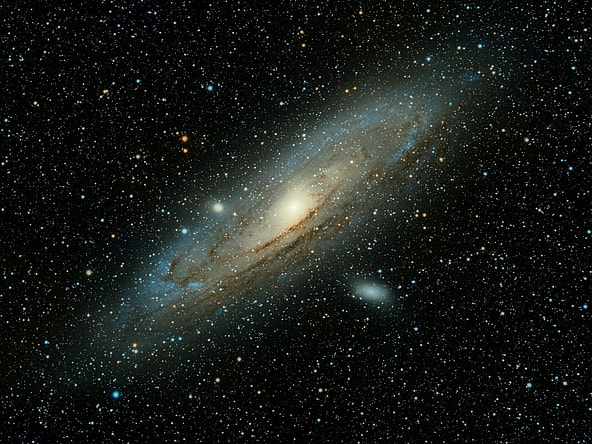
The universe is a strange place. There are so many unknowns that it’s hard not to be interested in what’s out there. Even our oceans are more than 80% undiscovered and explored. So what are the strangest objects in the universe? From known objects that are too dangerous to explore, to invisible matter that makes up almost all of space, these objects have still left scientists baffled.
5. Dark Matter
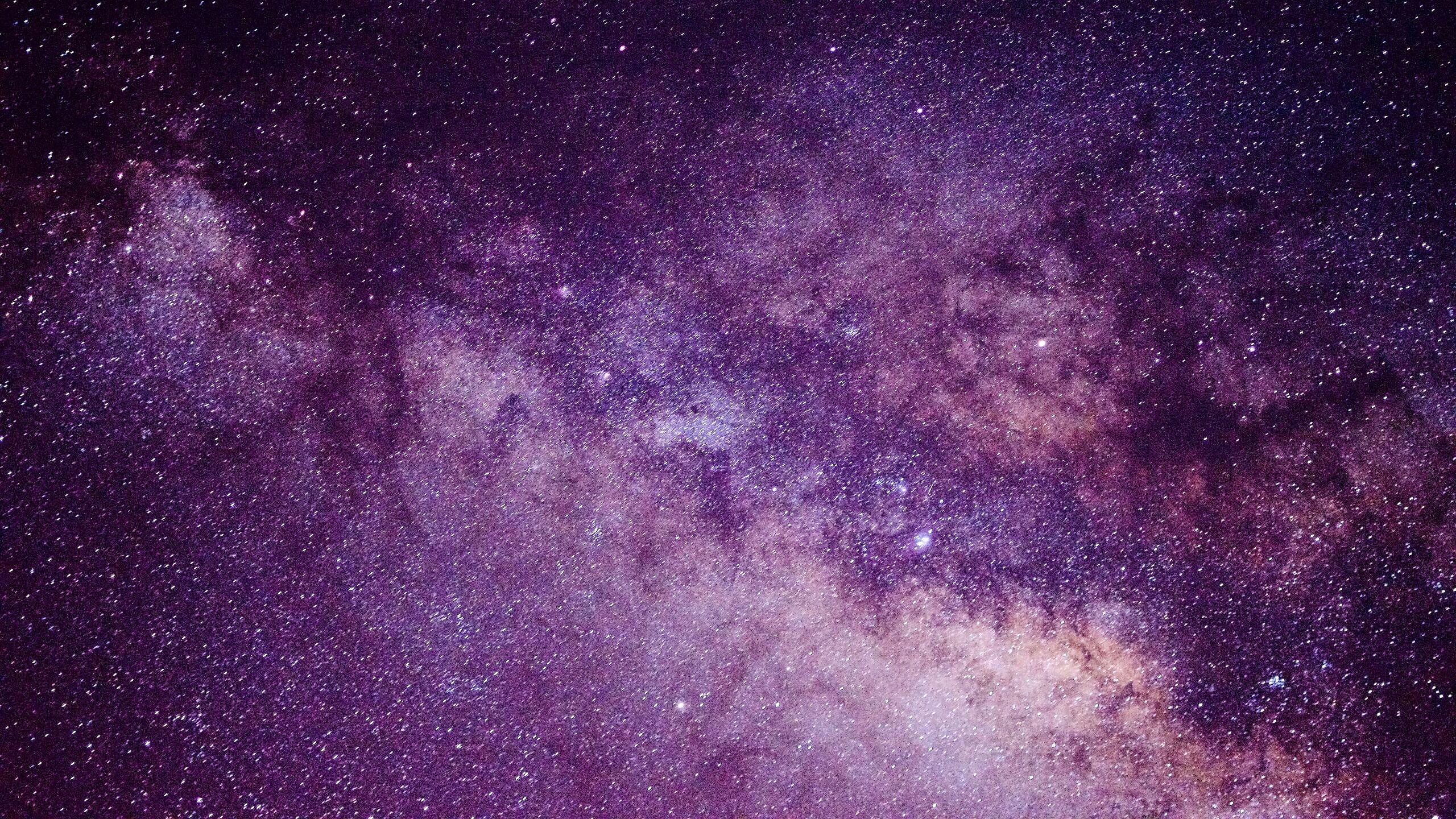
Dark matter might be a term that you hear often, especially in sci-fi movies. But what is it? Dark matter is one of the strangest objects in the universe and was first suspected over 80 years ago when a Swiss-American astronomer observed galaxies moving fast but within gravitational bounds.
Fritz Zwicky saw that the Coma cluster was moving incredibly fast, so fast that they should have been flung away into space, however, they remained in their gravitation. That’s where the idea of some other form existing in space that we can’t see prevents these objects from just flying around.
As far as scientists know, dark matter is the mysterious, strange stuff that fills the universe but can not be seen. And of course, things that can’t be seen make it hard to research, but the assumption is that dark matter makes up 80% of the universe.
Related: Rare NASA Collectibles for Fellow Space Nerds
4. Voids
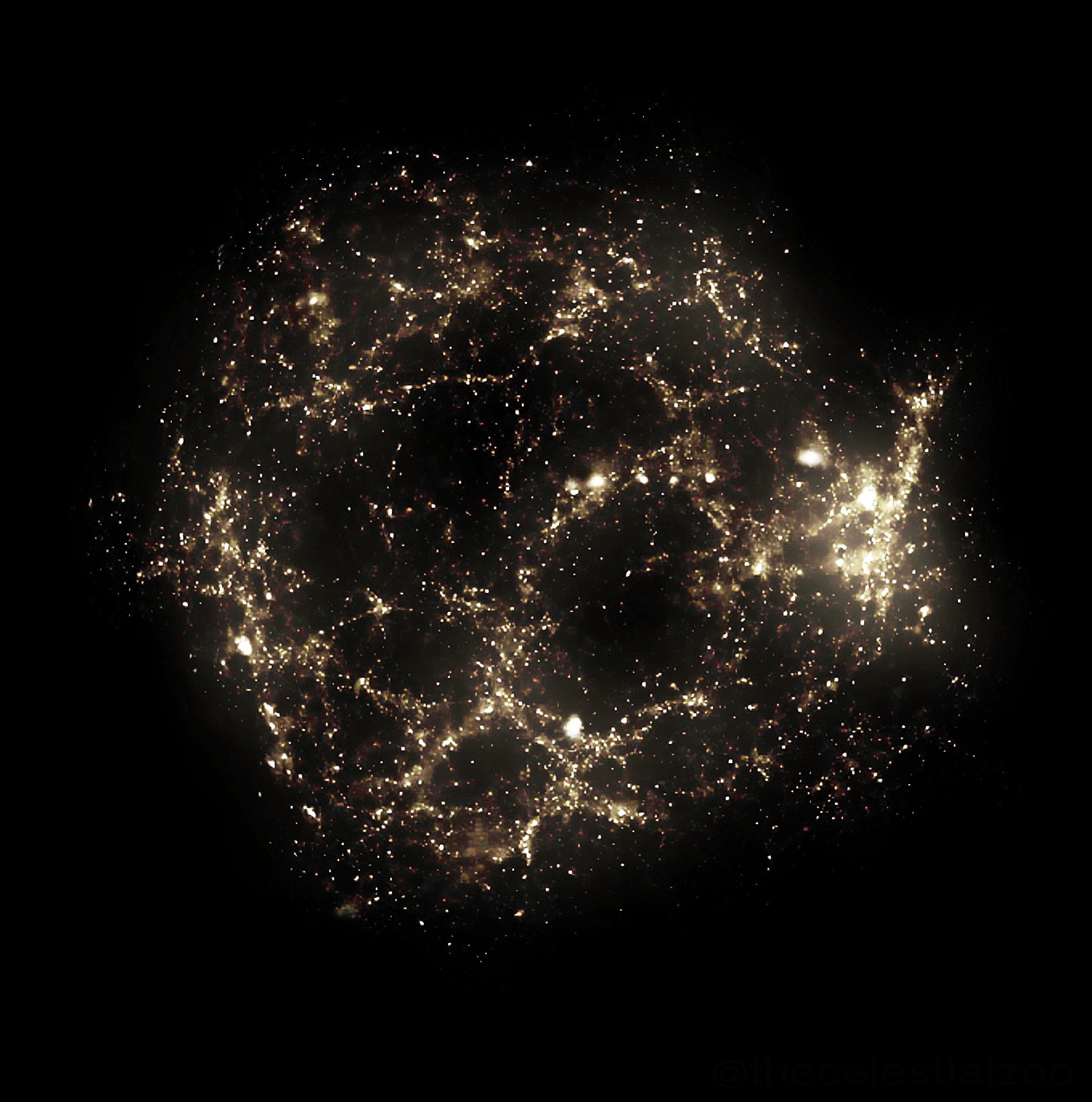
Another one of the strangest objects in the universe is actually the absence of one: Voids. Voids are yet another term that many might have heard when listening to sci-fi shows or movies, the same with dark matter. But what are they?
Voids are empty spaces between filaments like ‘walls’ of galaxies and larger structures such as superclusters. So there are no stars or planets for millions of light years, meaning that there is no nearby light for about trillions of years.
There are theories that these voids are echoes of the Big Bang, the term used to describe the beginning of the universe. Voids are also synonymous with regions of colder temperature. But other than that, there’s not much else we know. Since dark matter is one big mystery, this remains another.
Check Out: Weird Space Facts About Our Universe
3. Globular Clusters
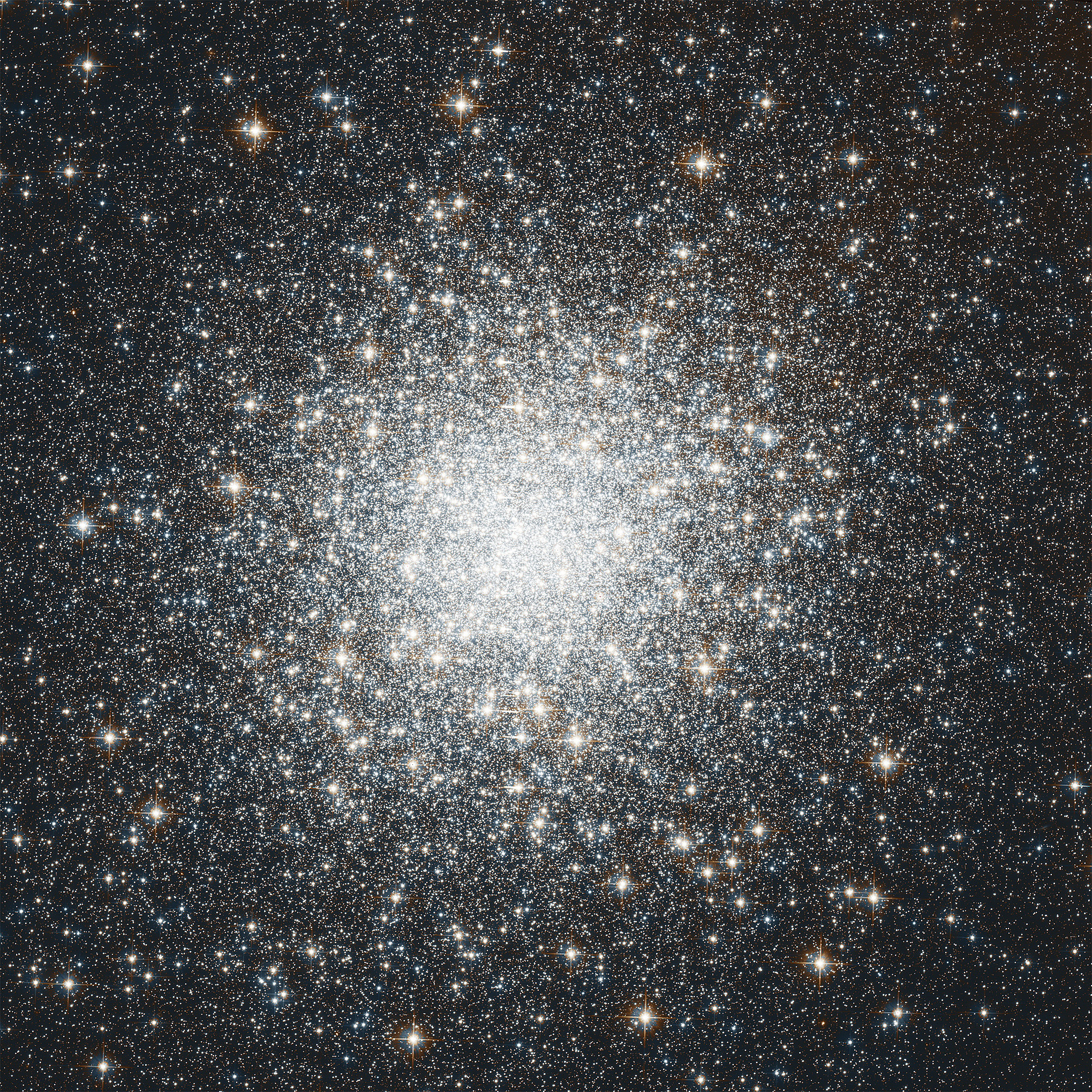
But instead of the absence, what about an abundance? Globular clusters are considered the opposite of a void. They are stable, tightly bound clusters with millions of stars in a small area. They are typically much larger than open clusters, which are loosely bound groups of a few tens to hundreds of stars.
They’re so densely populated that they have a range of tens of thousands to millions of stars. Hubble was responsible for allowing the study of these clusters, with 2021 data leading to the first measurement of a collection of black holes in a core-collapsed globular cluster. Hubble has a slew of images of globular clusters as well, with images of Messier 15, one of the oldest (around 12 billion years) globular clusters known.
Also Read: Space Conspiracy Theories: From Planet Nine To Mars
2. Pulsars
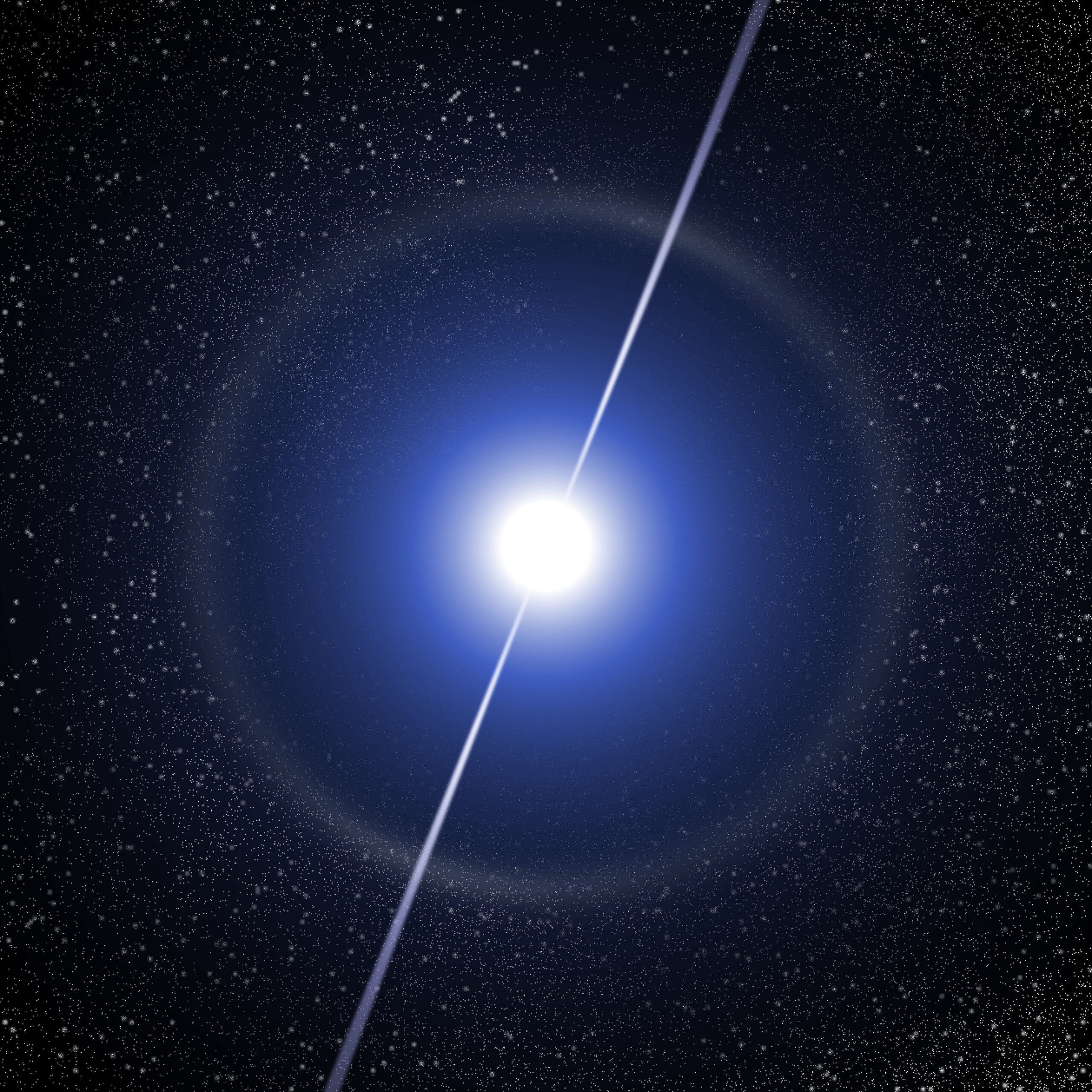
One of the strangest objects in the universe goes to Pulsars, which are rapidly spinning dense stellar corpses that appear to pulse, hence the name. These stars are continuously emitting radiation and have strong magnetic fields that funnel particles, accelerating them, which creates two powerful beams of light.
Astronomer Jocelyn Bell made the chance discovery using a vast radio telescope in Cambridge, England. The telescope was made to measure random brightness flickers of a different category of celestial objects called quasars, which are the brightest objects in the universe powered by supermassive black holes.
Bell recorded the unexpected markings every 1.33 seconds. Because they were so regular, Bell and her supervisor didn’t believe it was a natural phenomenon, with many believing it was aliens trying to communicate.
Read Next: Best Telescopes for Astrophotography No Matter Your Skill or Budget
1. Black Holes
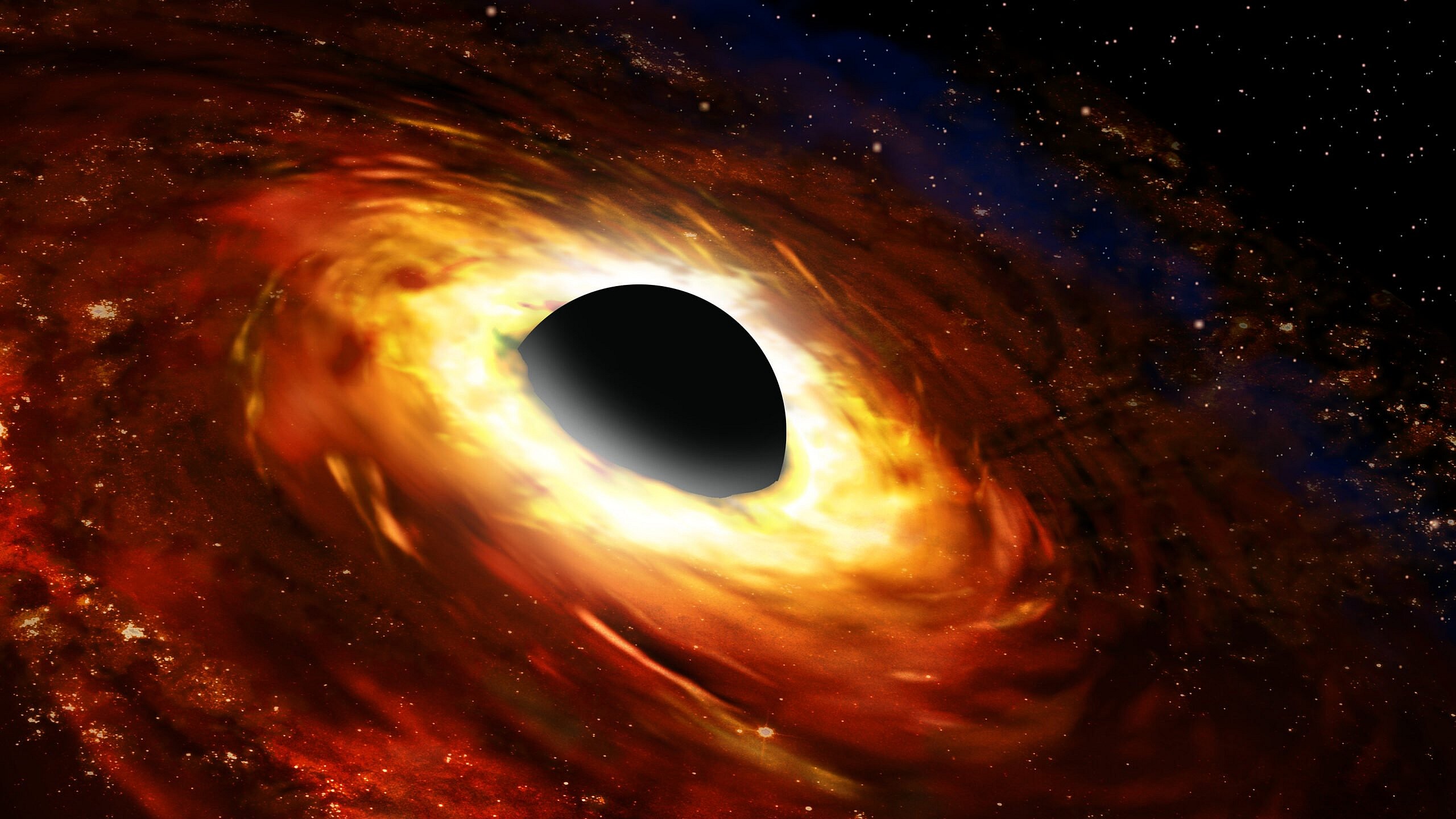
Black holes are by far the strangest objects in the universe. They have the most mystery behind them and are still not fully understood. But despite their names, they’re not exactly holes. Black holes are huge concentrations of matter, packed into small spaces.
They are so dense that the gravity beneath their surface, called the event horizon, is strong enough to prevent anything from escaping, even light. A black hole is a boundary that contains all the matter that makes it up.
There is so much that scientists don’t know about black holes, like what it looks like if you end up inside their event horizons, though there are theories. But there are some facts that they do know, like the idea of Spaghettification, which is a term used to describe what happens to matter when it gets too close to a black hole.


